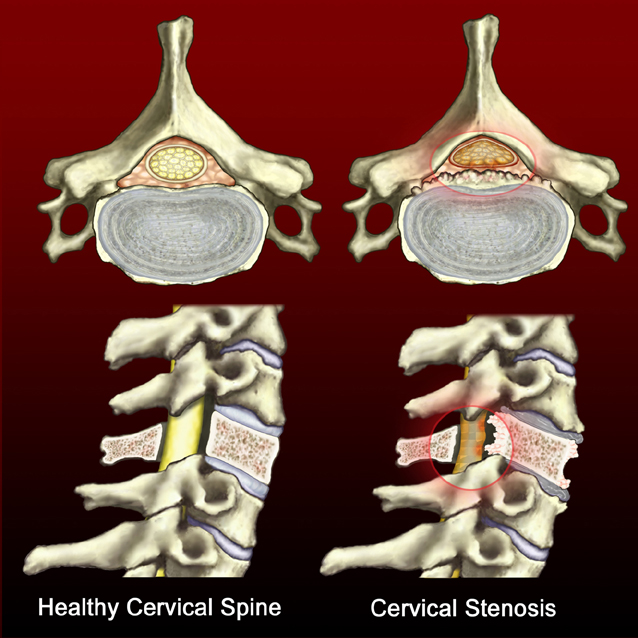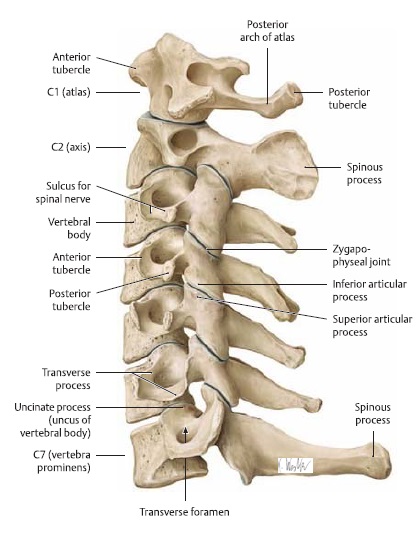
.jpg)
Hatakeda, tipped to lead the Japanese women towards Paris 2024 with Murakami Mai nearing the end of her career, made her Games debut at Tokyo 2020 in 2021, helping Japan to fifth place in the team event. She was taken to hospital in an ambulance on a spineboard. Hatakeda will undergo further tests on Thursday.Īccording to those who have seen the fall, Hatakeda fell face first while attempting a Komova (a transition element from low bar to high bar on the uneven bars), slamming her chin hard on the floor. The 21-year-old is in pain but conscious and in stable condition with her mother and coach, Yukiko, at bedside. Hatakeda, who had qualified for Thursday's final fourth in Kitakyushu, was diagnosed with damage to her central spinal cord and bruising of the cervical spine following an MRI, according to the Japan Gymnastics Association. doi:10.Tokyo 2020 Olympian Hatakeda Hitomi was forced to pull out of the women's all-around final at the 2021 World Artistic Gymnastics Championships after suffering a gruesome training fall on the uneven bars on Wednesday (20 October). Langner S, Langner RA, Langner SS, Langner WM, Langner HC, Langner. (2019) International journal of spine surgery.

Traumatic Fracture of the Pediatric Cervical Spine: Etiology, Epidemiology, Concurrent Injuries, and an Analysis of Perioperative Outcomes Using the Kids' Inpatient Database. Poorman GW, Segreto FA, Beaubrun BM, Jalai CM, Horn SR, Bortz CA, Diebo BG, Vira S, Bono OJ, DE LA Garza-Ramos R, Moon JY, Wang C, Hirsch BP, Tishelman JC, Zhou PL, Gerling M, Passias PG. Traumatic Fractures of the Cervical Spine: Analysis of Changes in Incidence, Cause, Concurrent Injuries, and Complications Among 488,262 Patients from 2005 to 2013. Passias PG, Poorman GW, Segreto FA, Jalai CM, Horn SR, Bortz CA, Vasquez-Montes D, Diebo BG, Vira S, Bono OJ, De La Garza-Ramos R, Moon JY, Wang C, Hirsch BP, Zhou PL, Gerling M, Koller H, Lafage V. (2012) Scandinavian journal of trauma, resuscitation and emergency medicine. The epidemiology of traumatic cervical spine fractures: a prospective population study from Norway. Fredø HL, Rizvi SA, Lied B, Rønning P, Helseth E. Spectrum of imaging findings in hyperextension injuries of the neck. The Cervical Spine Research Society is a multidisciplinary organization of individuals interested in clinical and research problems of the cervical spine. Read it at Google Books - Find it at Amazon Imaging evaluation of adult spinal injuries: emphasis on multidetector CT in cervical spine trauma. doi:10.1007/s002470100532 - Pubmed citation Cervical spondylosis, commonly called arthritis of the neck, is the medical term for the wear-and-tear changes that occur in the cervical spine (neck) over time. atlantooccipital dislocations (shearing).anterior subluxation (hyperflexion sprain).The four major mechanisms are flexion, extension, rotational and shearing, each associated with certain fracture patterns 3,4: These include more horizontal orientation of the facet joints in children, underdeveloped uncovertebral joints, mild physiological anterior wedging of the vertebral bodies, and incomplete ossification of the odontoid process. The fulcrum of movement is different in children than adults, C2/3 compared to C5/6, respectively hence, in children, cervical fractures are more common in upper vertebrae. There are also other anatomical differences of the cervical spine between children and adults which are worth bearing in mind while interpreting pediatric studies. blunt cerebrovascular injury (BCVI) especially in high cervical fractures, those associated with subluxation and fractures involving the transverse foramen.more than one vertebral column involvement ref requiredĪssociated injuries are present in ~67% of patients 7:.

increased or reduced intervertebral disc space height.There are many types of cervical spine fracture, some of which are unstable general indicators of instability include 9:

C2 (~30%) and C7 (~20%) are the most commonly fractured levels 7. The cervical spine is susceptible to injury because it is highly mobile with relatively small vertebral bodies and supports the head which is both heavy and acts as a lever. Falls, motor vehicle collisions, pedestrian accidents, cycling and diving are common causes of injury 6,7. Males are affected more commonly than females with the median age of injury being 56 years. C-Spine: Includes C1 to the upper border of T1. Cervical spine fractures can occur secondary to exaggerated flexion or extension, or because of direct trauma or axial loading. To provide guidelines for the diagnostic evaluation of the cervical spine in patients suffering multiple injuries who are at high risk for cervical spine injuries.


 0 kommentar(er)
0 kommentar(er)
